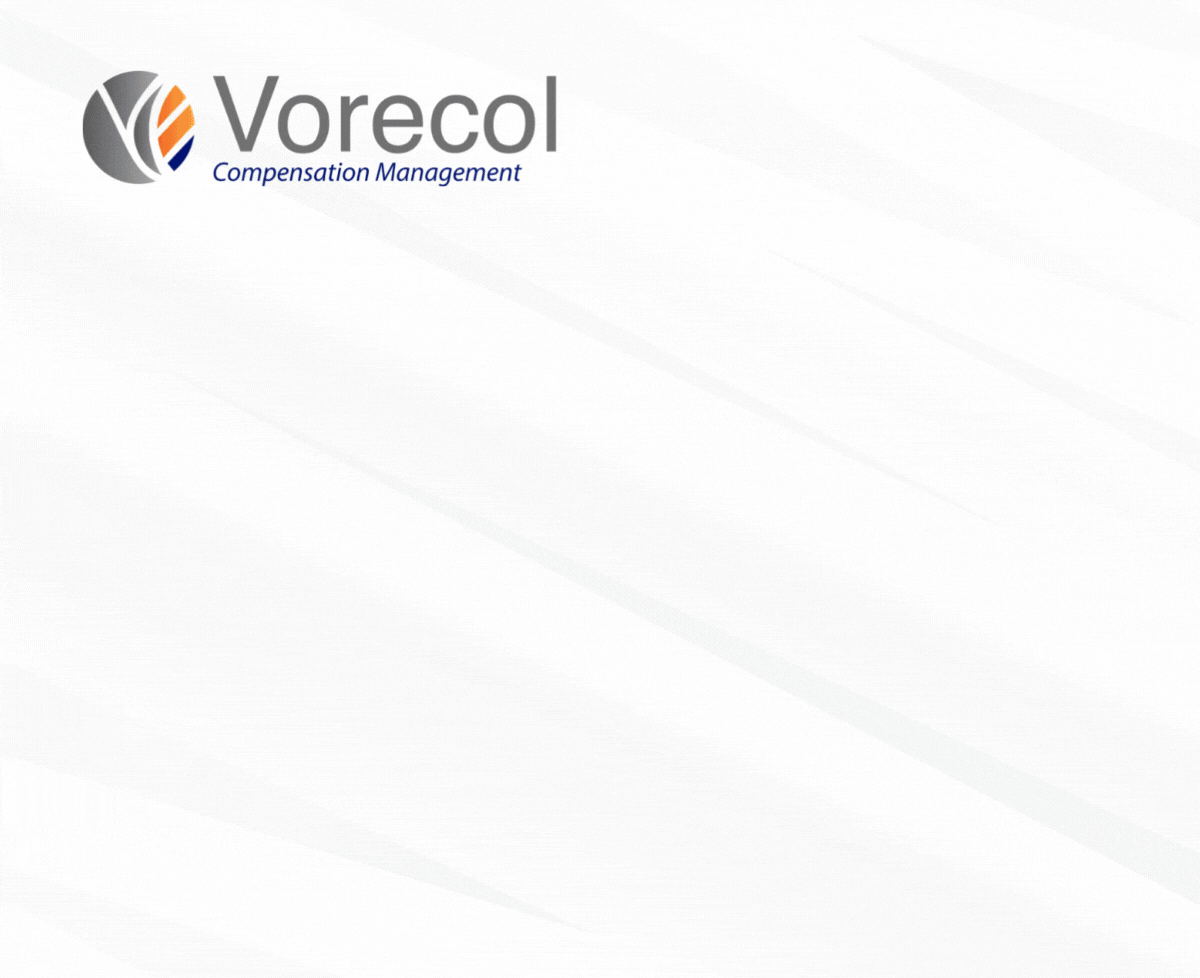How does flexible compensation impact employee satisfaction and retention?

- 1. Understanding Flexible Compensation: Definition and Components
- 2. The Role of Flexible Compensation in Modern Workplaces
- 3. Employee Satisfaction: How Flexibility Enhances Well-being
- 4. Measuring the Impact of Flexible Compensation on Retention Rates
- 5. Case Studies: Companies Excelling with Flexible Compensation Models
- 6. Challenges and Considerations in Implementing Flexible Compensation
- 7. Future Trends: The Evolution of Compensation Strategies in HR
- Final Conclusions
1. Understanding Flexible Compensation: Definition and Components
Flexible compensation, also known as flexible benefits or cafeteria plans, allows employees to customize their compensation packages according to their individual needs and circumstances. In a recent study by the Society for Human Resource Management (SHRM), 71% of organizations reported that they offer some form of flexible compensation, reflecting a significant shift in employer strategies to attract and retain talent. Components of flexible compensation can include health insurance options, retirement plan contributions, paid time off, and even wellness stipends. An analysis by MetLife found that 60% of employees value customizable benefits as much as salary, indicating that these packages not only improve employee satisfaction but also foster greater loyalty and productivity in the workplace.
Imagine an employee named Sarah, a marketing professional who is passionate about traveling and maintaining a healthy lifestyle. She works at a company that provides flexible compensation, allowing her to allocate her benefits towards additional vacation days and a gym membership. Statistics from Deloitte reveal that companies utilizing flexible compensation see a 33% increase in employee engagement and a 25% decrease in turnover rates. By understanding the definition and components of flexible compensation, companies can tailor their offerings to fit diverse employee needs, ultimately resulting in a workforce that feels valued and empowered. As businesses continue navigating a competitive labor market, flexible compensation could very well be the golden key to unlock exceptional talent and performance.
2. The Role of Flexible Compensation in Modern Workplaces
In the ever-evolving landscape of the modern workplace, flexible compensation has emerged as a powerful tool for attracting and retaining top talent. For instance, a study conducted by the Society for Human Resource Management (SHRM) found that 79% of employees would prefer more flexible work arrangements over a pay raise. This shift is not merely a trend; it's a response to the changing values of the workforce. Companies like Google and Salesforce have adopted flexible compensation packages that include options for remote work, customized benefits, and performance-based bonuses, significantly reducing turnover rates by over 20% compared to traditional models. The narrative is clear: organizations that embrace flexibility are not just keeping pace; they are defining the future of work.
However, implementing a successful flexible compensation strategy requires a nuanced understanding of employee needs. According to a Gallup poll, organizations with employee-centric compensation frameworks see a 30% increase in engagement levels. For instance, Buffer, a social media management platform, has built its compensation model around transparency and flexibility, allowing employees to choose their benefits, from wellness stipends to paid time off. This approach not only fosters a sense of ownership among employees but also bolsters productivity, with studies indicating a direct correlation between flexibility in compensation and employee satisfaction. As companies navigate this transformative era, the role of flexible compensation becomes not just an option, but a strategic necessity for companies aiming to thrive in the competitive marketplace.
3. Employee Satisfaction: How Flexibility Enhances Well-being
In a world where work-life balance is increasingly prioritized, employee satisfaction has become a crucial metric for organizational success. Studies reveal that companies offering flexible work arrangements experience a staggering 25% lower employee turnover compared to those with rigid schedules. For instance, a 2022 survey by FlexJobs found that 73% of respondents cited flexible work options as the most important factor when considering a job, while 80% expressed a desire to work remotely at least part of the time. These statistics not only highlight the powerful connection between flexibility and job satisfaction but also underscore the urgent need for companies to adapt to the evolving expectations of their workforce.
Imagine a talented software developer named Emily, who, after years of feeling shackled to an 8-to-5 desk job, finally lands a position with a firm that embraces flexibility. Within months, her productivity skyrockets by 40%, as reported by a Stanford study, thanks to newfound control over her daily schedule. Moreover, this flexibility directly enhances her mental well-being; the American Psychological Association found that employees with flexible work environments reported a 30% increase in overall happiness and a 32% decrease in stress levels. Emily’s story is just one of many that illustrate how flexibility not only nurtures individual well-being but also drives organizational success—a win-win for both employees and employers alike.
4. Measuring the Impact of Flexible Compensation on Retention Rates
In a recent survey conducted by the Society for Human Resource Management (SHRM), it was revealed that organizations implementing flexible compensation packages have seen a remarkable retention rate improvement of up to 40%. Companies like Netflix and Google have adopted adaptable pay structures that cater to the diverse needs and life stages of their employees. As a standout example, Salesforce reported a staggering 27% decrease in voluntary turnover after introducing personalized benefits, which include options like student loan debt assistance and childcare support. These statistics tell a compelling story: when employees feel that their unique financial needs are acknowledged, they are significantly more likely to stay engaged and committed to their organizations.
Moreover, a study by the Compensation and Benefits Review found that 66% of employees prioritize flexible compensation options over traditional salary increases. This shift in preference challenges companies to rethink their employee value proposition, reinforcing the notion that one-size-fits-all compensation packages are becoming obsolete. By sharing real-life stories, such as how a single mother was able to achieve a better work-life balance through adjustable hours and increased childcare benefits, organizations can better illustrate the profound impact of flexible compensation on employee loyalty. As the workforce continues to evolve, the ability to measure and adapt compensation strategies will undoubtedly play a pivotal role in retaining top talent and enhancing organizational culture.
5. Case Studies: Companies Excelling with Flexible Compensation Models
In the dynamic landscape of modern business, companies like Google and Netflix have transformed their workplace culture by implementing flexible compensation models that resonate with their employees' diverse needs. Google’s "Total Rewards" program not only includes competitive salaries but also offers personalized bonuses, stock options, and health benefits tailored to individual preferences. According to a 2022 survey by Deloitte, organizations with flexible compensation models see a 31% increase in employee satisfaction, significantly enhancing talent retention. This strategic approach has allowed Google to maintain a turnover rate of just 5%, well below the industry average of 13%, showcasing the impact of a well-structured compensation system on employee loyalty and performance.
Meanwhile, Netflix has pioneered its approach to compensation by embracing radical transparency and flexibility, which empowers employees to choose their pay packages. Their unique “Freedom and Responsibility” philosophy encourages a culture where employees can negotiate their salaries based on personal performance and market standards. A study by the Society for Human Resource Management found that 76% of employees would prefer more flexibility in their compensation options, aligning their financial incentives with personal and professional goals. This model has propelled Netflix to become a leader in the streaming industry, achieving a staggering $30 billion in annual revenue in 2021, illustrating that innovative compensation strategies can drive both employee engagement and robust business growth.
6. Challenges and Considerations in Implementing Flexible Compensation
Implementing flexible compensation systems presents an array of challenges that can significantly affect both companies and employees. For instance, research from the WorldatWork, a nonprofit organization focused on compensation, reveals that 60% of employers find it difficult to communicate the value of flexible compensation to their workforce. This communication gap often leads to misunderstandings about benefits, resulting in decreased employee satisfaction. Moreover, a study by the Society for Human Resource Management (SHRM) indicated that only 37% of organizations have a structured strategy in place for flexible compensation, highlighting that many companies struggle with the transition from traditional pay structures to more dynamic models. This hesitation could be costly; organizations that fail to embrace flexibility may lose top talent, as 83% of job seekers report that they prioritize companies offering personalized compensation packages.
Moreover, there are financial implications that need careful consideration. The implementation of a flexible compensation strategy can raise administrative costs by up to 30% in the initial stages, according to a report by the consulting firm Mercer. Companies often face challenges in aligning these costs with the perceived economic benefits, which can deter leaders from adopting such models. Furthermore, a significant 64% of managers express concerns about the potential inequity of flexible compensation plans, as different employees may value benefits differently. Addressing these concerns requires not only an investment in robust communication frameworks but also a commitment to ongoing education and adjustments, ensuring that the system is fair, transparent, and effectively meets diverse employee needs while fostering a culture of engagement and retention.
7. Future Trends: The Evolution of Compensation Strategies in HR
As we glance into the future of Human Resources, compensation strategies are undergoing a seismic shift, driven by employee expectations and market dynamics. In a recent study by PwC, 79% of employees indicated that they would consider leaving their current job if they felt underpaid, highlighting the critical nature of competitive salaries. Companies are increasingly adopting flexible compensation models that include a blend of salaries, bonuses, and non-monetary benefits. For instance, LinkedIn reported a 25% increase in employee satisfaction when adopting personalized benefits packages that cater to individual needs, thereby enhancing retention efforts.
Moreover, the rise of remote work has transformed traditional compensation approaches, pushing organizations to reassess their pay structures in relation to geographical cost of living variances. The World Economic Forum noted that nearly 40% of companies are now offering regional salary adjustments, aligning compensation with the local economy rather than a one-size-fits-all approach. This shift reflects the growing trend of transparency in pay practices; a survey by Glassdoor revealed that 67% of job seekers consider pay transparency an essential factor in their job selection process. As organizations navigate this evolving landscape, they are not only redefining their compensation strategies but also reshaping their employer branding to attract the top talent of tomorrow.
Final Conclusions
In conclusion, the implementation of flexible compensation systems significantly enhances employee satisfaction and retention by catering to the diverse needs and preferences of the workforce. By allowing employees to choose from a variety of compensation options—such as bonuses, remote working stipends, or additional vacation days—organizations demonstrate a commitment to valuing individual contributions and well-being. This tailored approach not only fosters a sense of ownership and autonomy among employees but also aligns with their personal and professional goals, ultimately creating a more engaged and motivated workforce.
Moreover, flexible compensation strategies can serve as a competitive advantage in today’s dynamic labor market, where attracting and retaining top talent poses a considerable challenge for many organizations. Companies that prioritize flexibility in their compensation packages are better equipped to respond to varying life circumstances, enhancing the overall work-life balance for employees. As a result, businesses can cultivate a loyal workforce that is more likely to remain committed long-term, reducing turnover rates and associated costs while driving organizational performance. In an era where employee expectations continue to evolve, adopting flexible compensation is not merely a trend but a strategic imperative for sustainable success.
Publication Date: August 28, 2024
Author: Psico-smart Editorial Team.
Note: This article was generated with the assistance of artificial intelligence, under the supervision and editing of our editorial team.
Leave your comment
Comments
Request for information
Fill in the information and select a Vorecol HRMS module. A representative will contact you.



